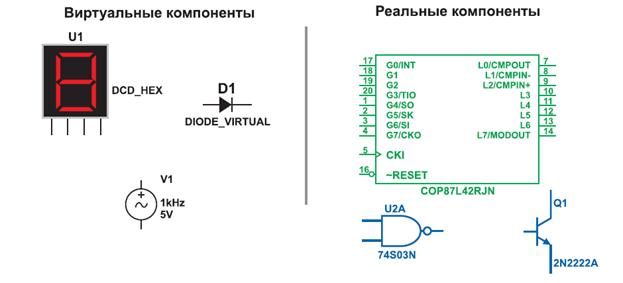Antonymic translation
There is a group of transformations which ensure the required degree of equivalence by a number of changes of both lexical and grammatical nature. A typical example of such a procedure is the so-called antonymous translating describing the situation, as it were, from the opposite point of view and rendering an affirmative SL structure by a negative TL one or vice versa. Antonymic translation is defined as rendering of English words and statements by means of opposite, antonymic words and constructions: “keep your head up” – “не падайте духом” “mind your own business” -“не втручайтеся у чужі справи” English negative expressions and sentences are rendered by affirmative Ukrainian ones “no time like the present” –“лови момент”, “she has a ready tongue” - “вона за словом у кишеню не полізе” Antonymic translation is also called formal negation and may be subdivided into three groups: 1) negation (when a word or word combination without negative suffix or negative seme in its semantic structure is substituted for a word or word combination with negative suffix or negative seme in its semantic structure): to continue - не зупинятися, small –невеликий. 2) Affirmation(when a word or word combination with a negative suffix or negative seme in its semantic structure is substituted for a word or word combination without negative suffix or negative seme in its semantic structure) “ unabbreviated – повний”,” unabolished – такий, що залишається чинним” “to disable – блокувати, закривати”. 3) Annulment of the two negative components available in the ST unit: not impossible - можливий, to disappear never – завжди залишатися. 47) Descriptive Translating “Descriptive Translation Studies”, this term, was first put forward by James Holmes, a Holland scholar. James Holmes published a famouspaper titled “The Name and Nature of Translation Studies” at the Third International Congress of Applied Linguistics held in Copenhagen in 1972. In his paper, James Holmes made a scientific division of translatology and he argued that “translatology is divided into two branches: pure translation studies and applied translation studies; pure translation studies can be subdivided into Descriptive Translation Studies and theoretical translation study”.2 Descriptive Translation Studies includes “(1) product-oriented study; (2) process-oriented study; Descriptive Translation Studies stresses the translation phenomena should be described objectively and no value judgment is needed, which “is of no help for people to judge the quality of the translated version, and with Descriptive Translation Studies overstated, it is of use to improve the ordinary people’s translation competence and what is worse, it will do harm to the translation practice”. 8 As is known to all, many translations are done not because the translator have to do so constrained by the target-cultural system but because the translators’ low linguistic and cultural competence lead to mistranslation. For the latter case, if we don’t make any kind of judgement, it will do harm to the development of translation study. 48) Basic Translation Devices
|




